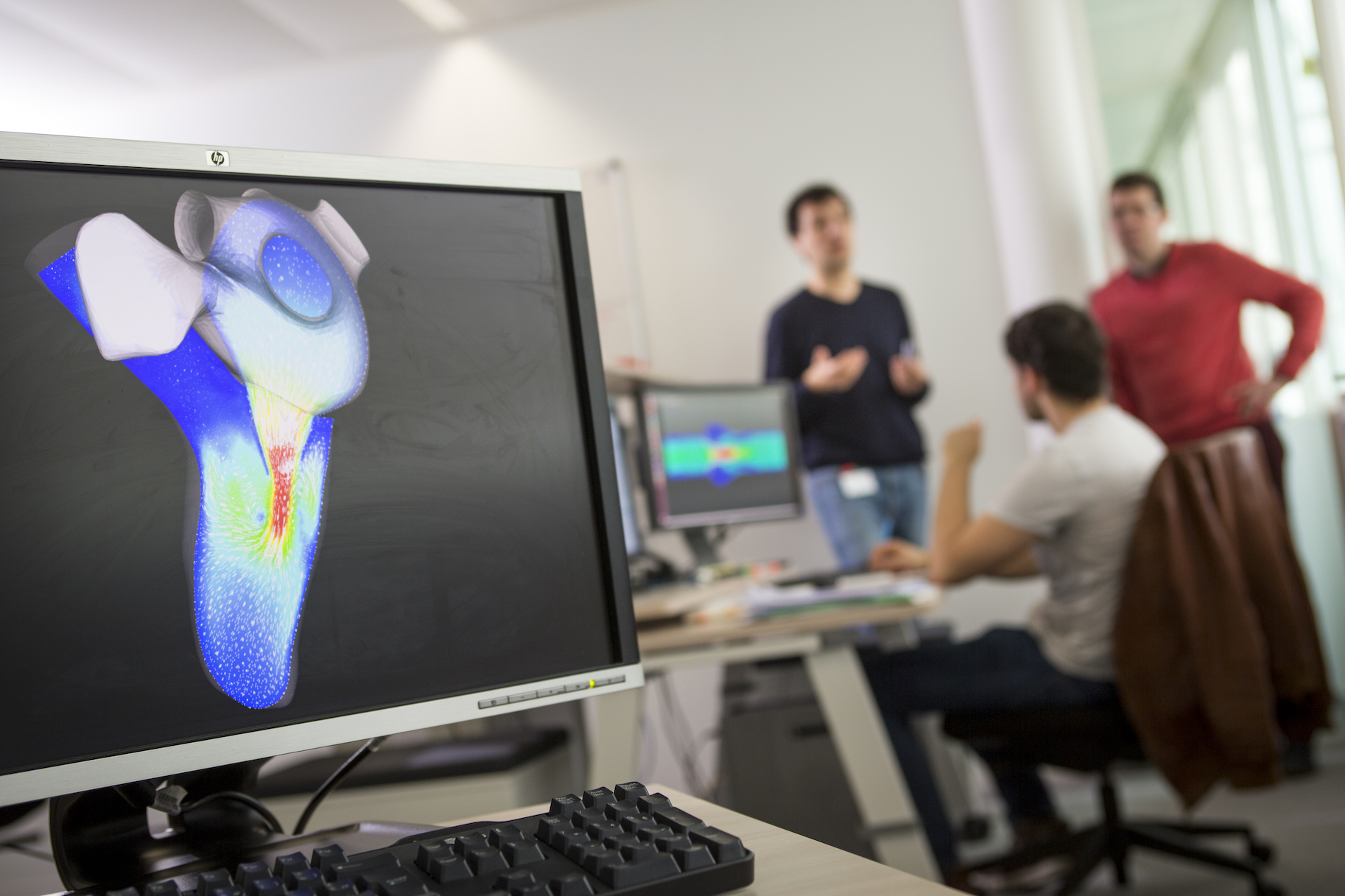
Preventing and treating more effectively thanks to the digital twin of the heart
With nearly 1.7 million deaths each year, cardiovascular disease is one of the world's major public health challenges. Improving the management of potentially affected patients and integrating them into an effective care pathway is therefore a real health policy challenge.
But how can we effectively predict risk in each individual, assess the extent of disease and simulate effective treatment plans to improve outcomes and care delivery? How can we identify the treatment to which a given individual's cardiovascular system will best respond, so that he or she can avoid the experience of ineffective treatment while reducing costs to the healthcare system?
These are all challenges that personalized medicine could soon take up, especially thanks to the concept of the digital cardiac twin. This concept, which is based on the creation of a digital replica of the heart derived from clinical data that corresponds to all available clinical observations, would indeed make it possible to refine the prognosis of a disease in a patient and even to predict the outcome of the treatment administered.
The twin measures and collects important cardiovascular data and combines it with other relevant data, such as laboratory or medical imaging data. The cardiac digital twin holds great promise as a complementary modality to aid clinical decision making and the cost-effective, safe and ethical testing of new therapies and devices.
From Icema to CardioSense3D: Inria, pioneer of the digital heart
Behind this technological breakthrough are simulation and modeling techniques derived from computer science and mathematics.
Several Inria project-teams have been involved in this field for over twenty years. This is the case, for example, of the MACS, SOSSO, ÉPIDAURE and SINUS teams, which, in the early 2000s, launched an ARC (Cooperative Research Action) devoted to images of the electromagnetic activity of the heart. "Michel Sorine, who was in charge of the SOSSO team and one of the precursors of the institute on the subject, brought us this vision of active modeling of the heart, and we brought the imaging with MACS, ÉPIDAURE and SINUS," says Hervé Delingette, researcher in the Epione project-team (formerly ÉPIDAURE then Asclepios).
This was the idea of Gilles Kahn, then scientific director of the institute, who was convinced of the value of developing digital models for cardiology that combine image processing and automation: "He had a visionary side. He was able to convince people to participate in a subject, to get them involved in a project, and to do everything possible to make it work. At the time, the theory was not to renew an ARC, but Gilles Kahn helped us to continue with Icema 2, and then suggested that we apply for a large-scale project," says Dominique Chapelle, deputy head of the project team MΞDISIM.
This large-scale project, called CardioSense3D and launched in 2005, was aimed at digital modeling of the heart. Its objective: to develop a simulation of cardiac activity specific to the patient and adapted to clinical applications (pacemaker insertion, treatment of patients with cardiac arrhythmias). This model, which is still imperfect, can already be used to quantify important aspects of cardiac function and to predict the effect of certain therapies through simulation.
Behind this action, we find the Asclepios (ex- ÉPIDAURE), MACS and Sisyphe (ex-SOSSO) teams, but also the REO team (directed by Jean-Frédéric Gerbeau), which is particularly interested in cardiac electrophysiology. The project also involves clinical centers such as Guy's Hospital in London, the National Institutes of Health cardio-energetics laboratory and Henri Mondor Hospital.
What made us strong was this aggregation. With relatively few resources, we had a common goal and succeeded in making progress. We were also seen as leaders, not only because our research was advanced but also because we were close to the applications.
Dominique Chapelle
In the 1970s, researchers were already interested in the subject but in the laboratory, without any real opening to the clinic. We brought this vision of coupling models with real data and created the first statistical atlas of a human heart.
Hervé Delingette
"Patient-specific electromechanical models of the heart for the prediction of pacing acute effects in CRT: a preliminary clinical validation", article published in 2011, is representative of this time and the impact of CardioSense3D. In it, the scientists presented a proof of concept showing that it was possible to answer a practical cardiology question, concerning patients with disordered heart contractions.
And now ?
Today, and after several years of work carried out by European initiatives on the subject, the personalization of models with non-invasive data is at the center of research in the field. Another phenomenon has also become common after its relevance has been demonstrated: reasoning over long times, i.e. no longer modeling only on cardiac cycles, but also over several weeks or months thanks to multi-scale models.
We have the essential bricks. Now we have to see how to move from the laboratory to the clinic. What we can do on ten patients by investing three months to personalize the models, we need to succeed in doing it in a few clicks on a larger scale. We need to find a way to move between efficient models based on machine learning and models that make sense, constrained by physiology.
Hervé Delingette
Discover our projects and initiatives around the digital heart
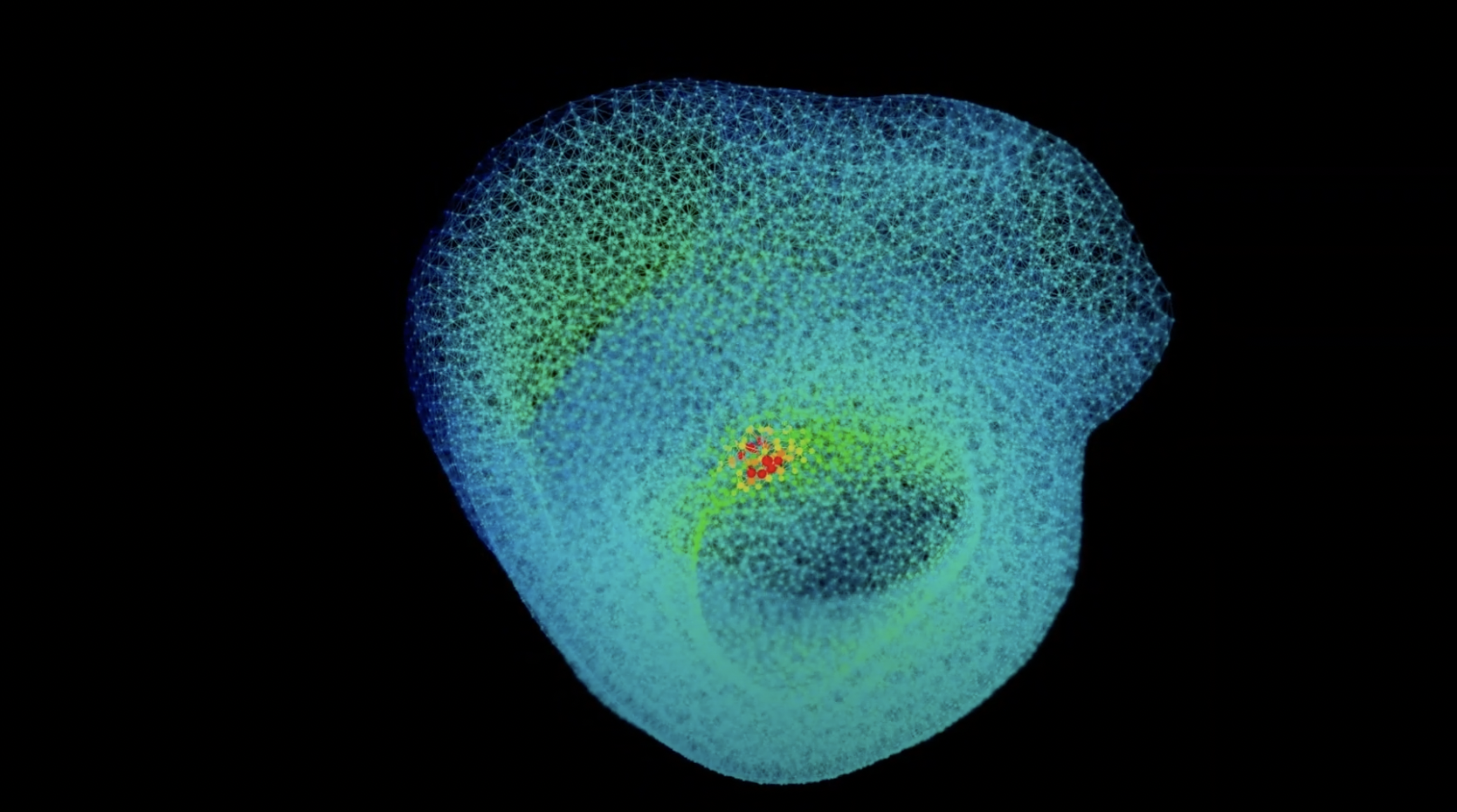
SimCardioTest, a consortium of hearts
SimCardioTest is a new project funded by the European Commission for 8 million euros. It aims to accelerate the adoption of digital simulation for the design of cardiac drugs and medical devices.
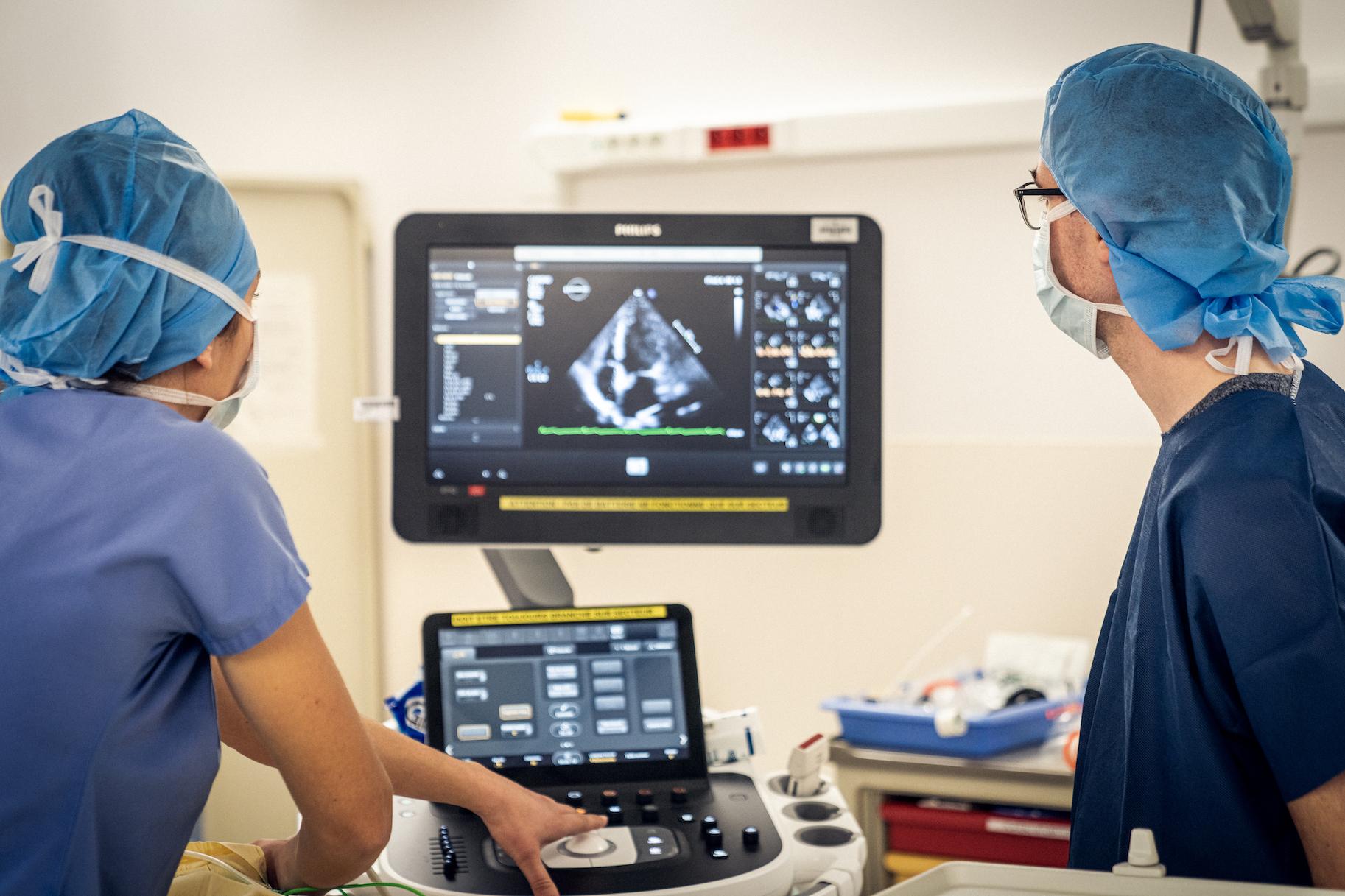
AnaestAssist: decision support tools for anaesthetists
AnaestAssist has developed a solution for the enhanced monitoring of patients’ cardiovascular systems using a digital twin. This technology draws on close to 20 years’ worth of research carried out by Inria and AP-HP.
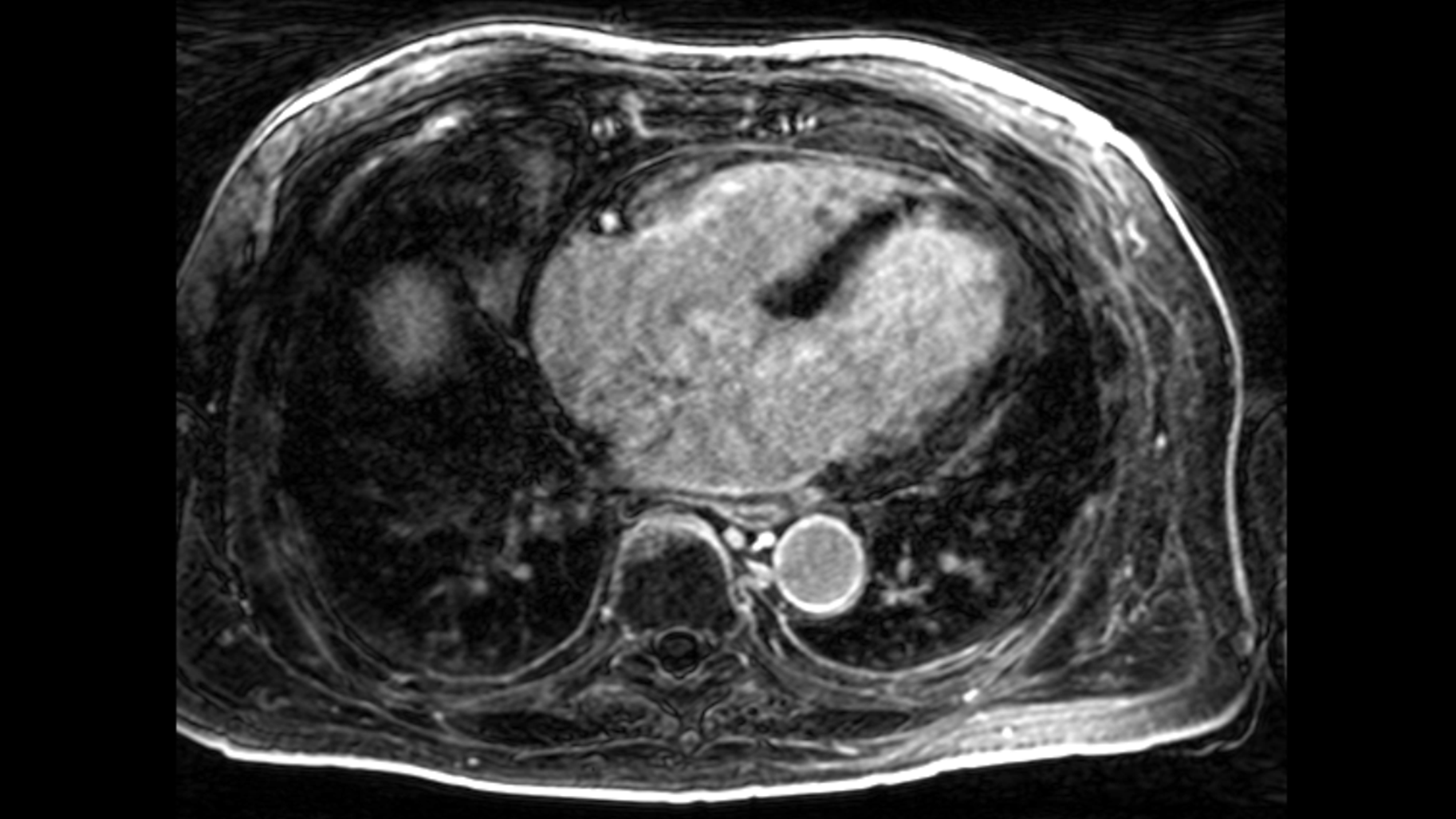
MusiCardio: a digital simulation software for cardiology
MusiCardio is a proprietary software who offer a wide range of functionalities and processing chains dedicated to cardiology, for both scientists and health professionals.
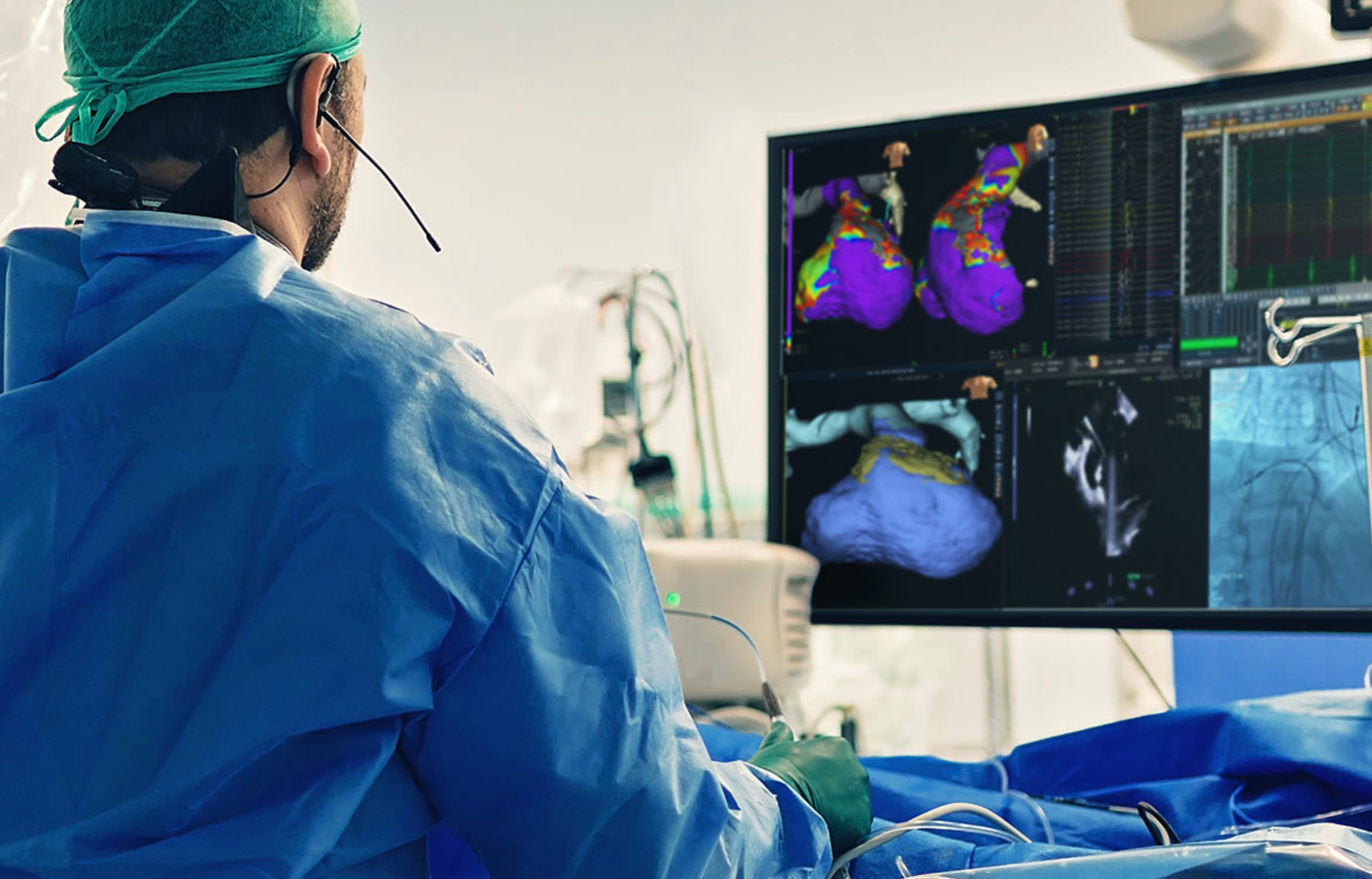
InEurHeart: towards a personalized virtual heart to treat cardiac arrhythmias
Maxime Sermesant, researcher in the Epione project-team and co-founder of inHEART, talks about a project that aims to revolutionize the treatment of cardiovascular diseases.